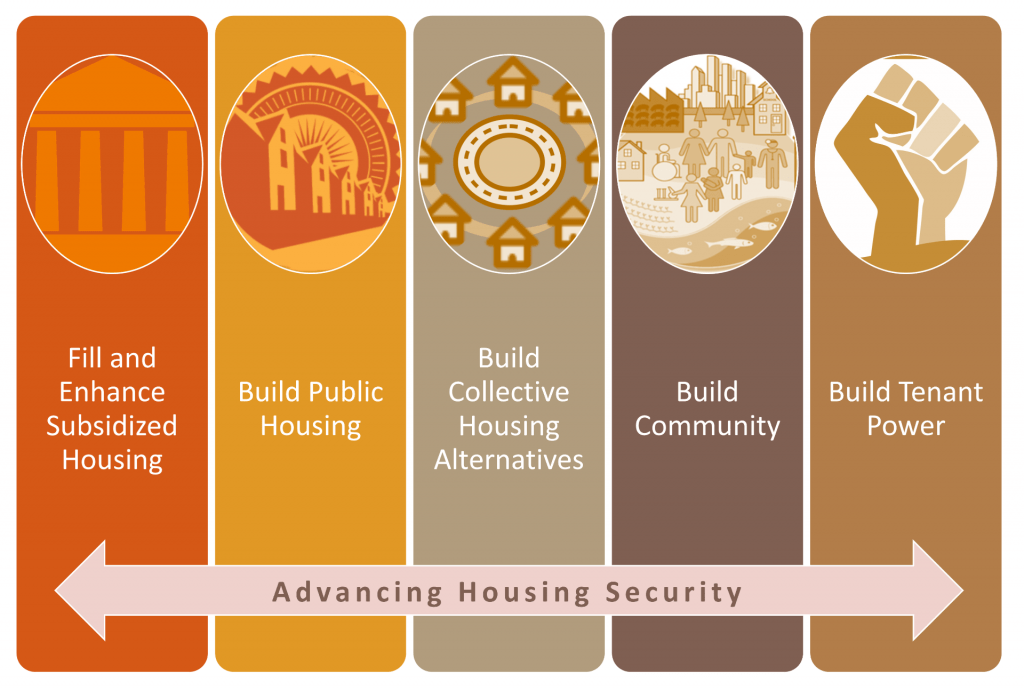Report: Advancing Housing Security in Erie County New York
Much like the foreclosure crisis and Great Recession before it, the COVID-19 pandemic is exacerbating pre-existing levels of racial, social, and economic inequality – widening already outsized gaps between the wealthy elite and members of the middle and working classes. Among the many concerning processes being reinforced by the current crises is growth in demand for rental housing (e.g., as families face new prospects of foreclosure or unaffordability due to un- or under-employment brought on by the pandemic, many will likely transition to renting). While rising rentership is not a problem in and of itself, there is broad consensus that economic and social conditions for most renter households are worsening. Coupled with stagnant growth in living wage jobs and the long-term, uncertain nature of economic recovery from COVID-19, one consequence of these dynamics is that renters are “paying more with less.” A growing class of renters is facing a shrinking degree of housing security.
Situated in a public health and economic crisis that is deepening and expanding existing racial, social, and economic inequities, there is an urgent need to advance housing security for vulnerable households, particularly renters for whom precarious, burdensome, and/or exploitative tenancy conditions contribute to further marginalization, further limiting their access to opportunity, security, and autonomy. Our new draft report studies and documents such conditions for Erie County, New York, to inform strategies and actions for creating a more equitable, democratic housing landscape. We synthesize and analyze data from the U.S. Census Bureau, Department of Housing and Urban Development, the New York State Office of Real Property Tax Services, the Center for Neighborhood Technology, and Erie County’s Geographic Information Systems (GIS) portal, drawing on a diverse mix of descriptive statistics, regression modeling, spatial analysis, and big data scraping. We also review selected local policies and programs, as well as examples of best practices for advancing housing security from communities across the map. We find that, in Erie County, relative to homeowners, renters are: (1) overburdened, (2) under-served, (3) subject to exploitation, and (4) relatively disempowered. To address these issues, we propose a five-part policy program and action strategy – consisting of twelve specific policy proposals – for advancing housing security.
Click here to access the draft report: “Advancing Housing Security: An Analysis of Renting, Rent Burden, and Tenant Exploitation in Erie County, NY”

